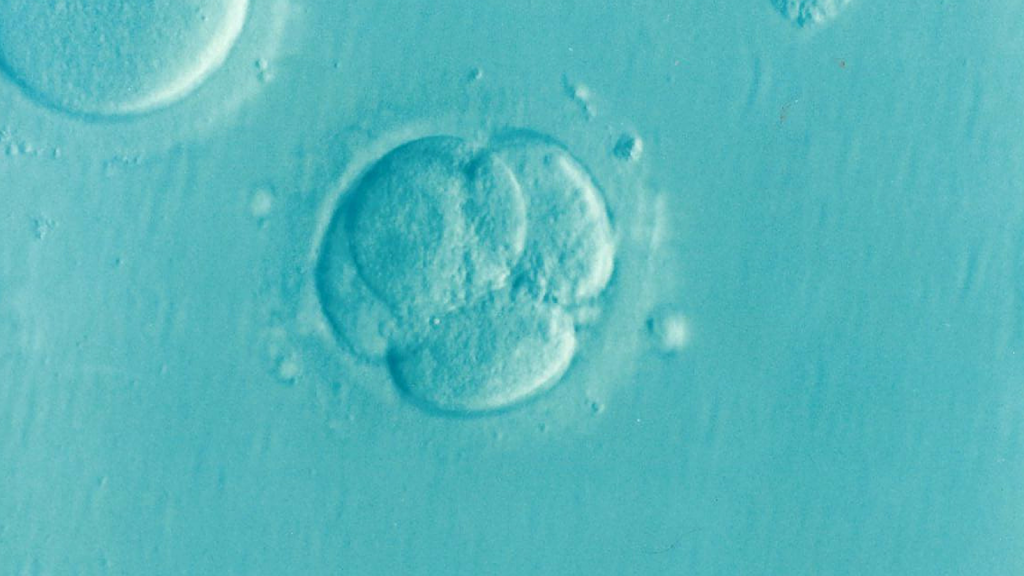Advances in IVF Technology Are Empowering Surrogates and Families
The Future-Focused, Safe, and Efficient Path to Parenthood

IVF has rapidly evolved, making the path to parenthood more precise and promising!
In 2025, families pursuing surrogacy benefit from advances in embryo freezing, genetic testing, and AI-assisted matching—boosting success rates and making surrogacy a safer, smarter way to grow families.
Smarter Embryo Freezing = Greater Flexibility and Success
Modern cryopreservation techniques now make it possible to freeze embryos with minimal impact on quality. This advancement allows intended parents and gestational carriers to align timing more thoughtfully—ensuring that gestational carrier embryo transfers happen at the most optimal moment for a successful implantation.
Additionally, vitrification (ultra-rapid freezing) significantly reduces the risk of ice crystal formation that can damage embryos. With this technology, families can bank multiple embryos, plan for future siblings, and undergo testing before transfer—all while maintaining the highest standards of embryo viability.
PGT-A: Confidence Through Genetic Insight
Many intended parents now choose Preimplantation Genetic Testing for Aneuploidy (PGT-A) as a key part of their IVF journey—and with good reason. PGT-A actively identifies chromosomal abnormalities before transfer, allowing doctors to select the most viable embryos for implantation. This proactive approach boosts success rates and lowers the risk of miscarriage, offering greater peace of mind to both intended parents and gestational carriers.
As IVF technology continues to evolve, PGT-A gives all parties clearer insight and greater confidence, streamlining the path to a healthy pregnancy.
Matching: Precision and Compatibility
One of the most meaningful shifts in the surrogacy journey is how intended parents are being matched with the right surrogate through more data-informed and values-based systems. With the rise of AI-assisted platforms and thoughtful human-led coordination, the matching process has become more precise and emotionally attuned.
Today, matches are made not only based on logistics or availability, but on shared outlooks, communication styles, lifestyle preferences, and mutual respect. This intentional approach helps foster trust, clarity, and alignment from the very beginning—laying a strong foundation for a successful journey together.
As the demand for egg donation and gestational carrier embryo transfer increases, these smarter matching methods are reducing mismatches, improving collaboration, and ultimately contributing to better outcomes and stronger partnerships.
The Road Ahead: IVF Success Rates in 2025 and Beyond
With the integration of cutting-edge technologies and science-backed tools, the outlook for IVF success rates in 2025 is brighter than ever. Surrogacy, once considered complex and uncertain, is now being recognized as a progressive and reliable option for many growing families.
Whether you’re an intended parent exploring gestational carrier embryo transfer or a potential surrogate wondering what the future holds, today’s technology is making the process more empowering for everyone involved!

